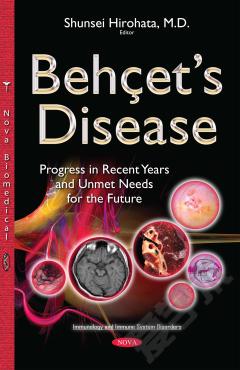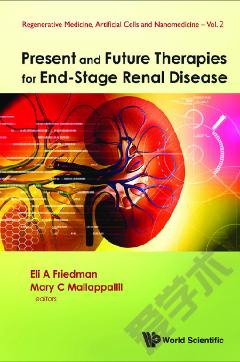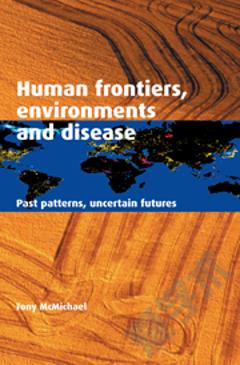Behçet’s Disease: Progress in Recent Years and Unmet Needs for the Future
Behçet’s disease is a chronic relapsing inflammatory disease of unknown etiology involving multiple organs. Along with blindness, other bodily functions are greatly affected by this disease; conditions of the vascular, intestinal and central nervous systems are usually life threatening and require aggressive therapy. Recently, significant progress has been made in several areas of this disease. The introduction of biological agents (such as anti-TNF) have had a positive impact on the effectiveness of treatments. However, there are still a number of unmet needs in various fields of this disease. Despite this, there remains a number of unaddressed issues concerning the treatments of this disease. Several genes have been shown to be associated with this disease, in addition to HLA-B51. Abnormalities in several subsets of T helper cells have been implicated in the pathogenesis of Behçet’s disease. Recent advances in the field of innate immunity have shed light on the new aspects of Behçet’s disease; that is, this disease has both autoimmunity and autoinflammatory aspects. On the other hand, there are still controversies as to the diagnosis and treatment of recalcitrant manifestations of the disease. This publication highlights the most recent understanding of Behçet’s disease and raises several unanswered questions in both basic to clinical treatment of this ailment. The contents of this book are primarily based on the most up-to-date results of research programs sponsored by the Japanese government as well as findings from Korean researchers. In particular, novel classification for neurological involvement (which has been discovered in Japan) led to the establishment of diagnostic criteria and treatment recommendation. Thus, this publication brings forth useful information for a variety of specialists who are involved in the management of this intractable disease.
{{comment.content}}








 京公网安备 11010802027623号
京公网安备 11010802027623号